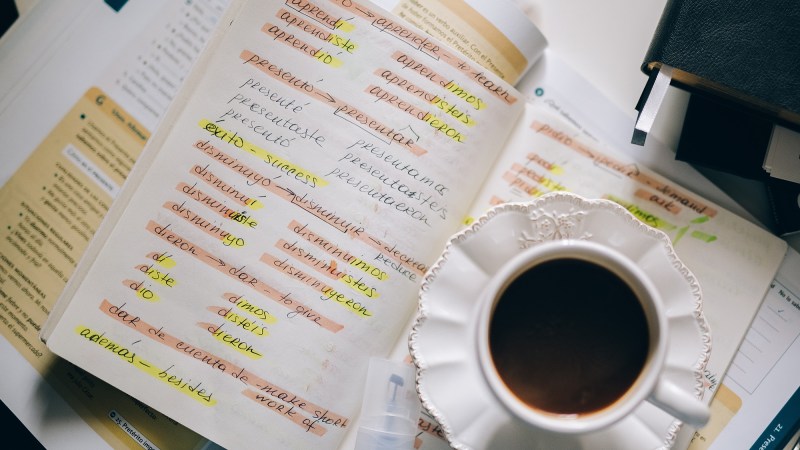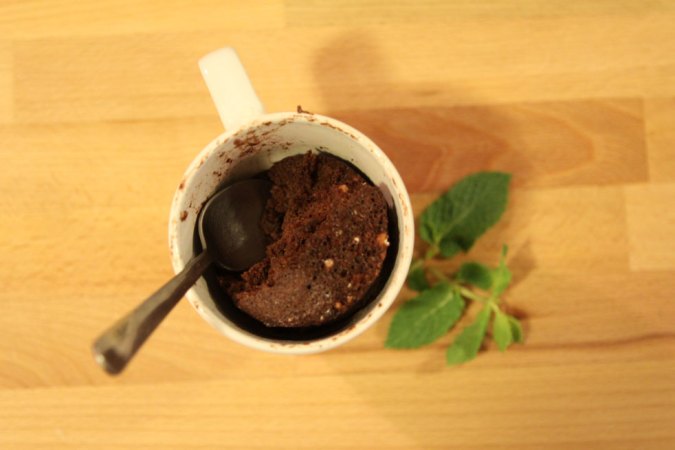


When I was a kid in the mid-2000s, I saw this black and white photo from the late 1970s. The caption: “Amy Carter and Jimmy Carter participate in a speed reading course at the White House.” I was mesmerized. If I could learn to read faster, I’d have a much better chance of meeting my existing goal of reading every book ever written. Without it, I’d never even make it through the local library.
While Jimmy Carter boasted he could read 2,000 words a minute with 95 percent comprehension, further research taught me that the speed-industry created by coach—and, some would say, huckster—Evelyn Wood collapsed soon after Carter left office. And for good reason: While the one-term president might have possessed a uniquely quick eye and mind, subsequent research has shown that most humans read about 300 words a minute and comprehension starts to wane around 1,000. I was crushed.
But just because speed-reading is too good to be true doesn’t mean we can’t be more efficient readers. Depending on the type of material you’re moving through, these tips and tricks can help you read a little bit faster.
Preview a text
If you need to make it in and out of a text quickly, study coaches advise looking for markers that can communicate the central ideas quickly.
In a book, the table of contents exists to provide an overview of what’s to come. Introductions, while often dense, similarly offer a glimpse at each of the resulting topics. And headings, like the ones in this article, are useful to move you through the information.
While you certainly won’t understand everything, focusing on these informational anchors should allow you to move more efficiently through the story when you’re reading it word for word.
Read on paper
Experts aren’t sure exactly why, but studies suggest human beings are better at reading stories on pieces of paper than on laptops, phones, or e-readers.
It seems holding a book or newspaper and reading allows for a more intuitive reading experience than scrolling. Additionally, reading on screens is more likely to drain our energy by the end of a passage. While it’s not the most environmentally friendly option, printing out your reading materials might allow you to process them better—and possibly faster.
Adjust print size
Printing pages isn’t the only aesthetic choice that can increase your reading speed. Adjusting print size can help you shift into a higher gear—at least up to a point.
A 1998 study in the journal Vision Research showed that reading speed increased as the words grew larger. This trend ultimately reached a plateau—you probably don’t want a book with only one word per page—but it hints at something useful.
If you like to read on your Apple or Android device, try changing the settings to up the overall font size. Individual apps, especially those designed for reading, often allow you to enlarge the text further.
Paper enthusiasts can buy large-print books, versions typically made for older eyes. Or you can copy and paste interesting articles into a word processor document, enlarge the font, and then print them out.
Expand your vocabulary
This hack might take as much—or more—time than just reading an entire passage through. But one of the best things people can do for their reading comprehension and speed is expand their vocabulary. When you know the definitions of words, you understand more of a passage, which cuts down on the amount of time needed to decode it.
For help improving your lexicon, check out SAT or GRE verbal prep books. Of course, reading more frequently and intently from a variety of materials will also elevate your reading game.
Take notes
If these tricks save you some time, consider investing those spare minutes into note taking. Writing down key concepts, whether in the margins of the book or in a notebook, helps you process ideas more deeply and retain them for longer.
Ultimately, the best way to read is to savor every word, sentence, or paragraph. But when you’re running down the clock, it’s best to be strategic about your “speed reading.”















